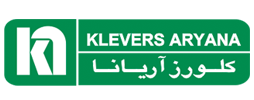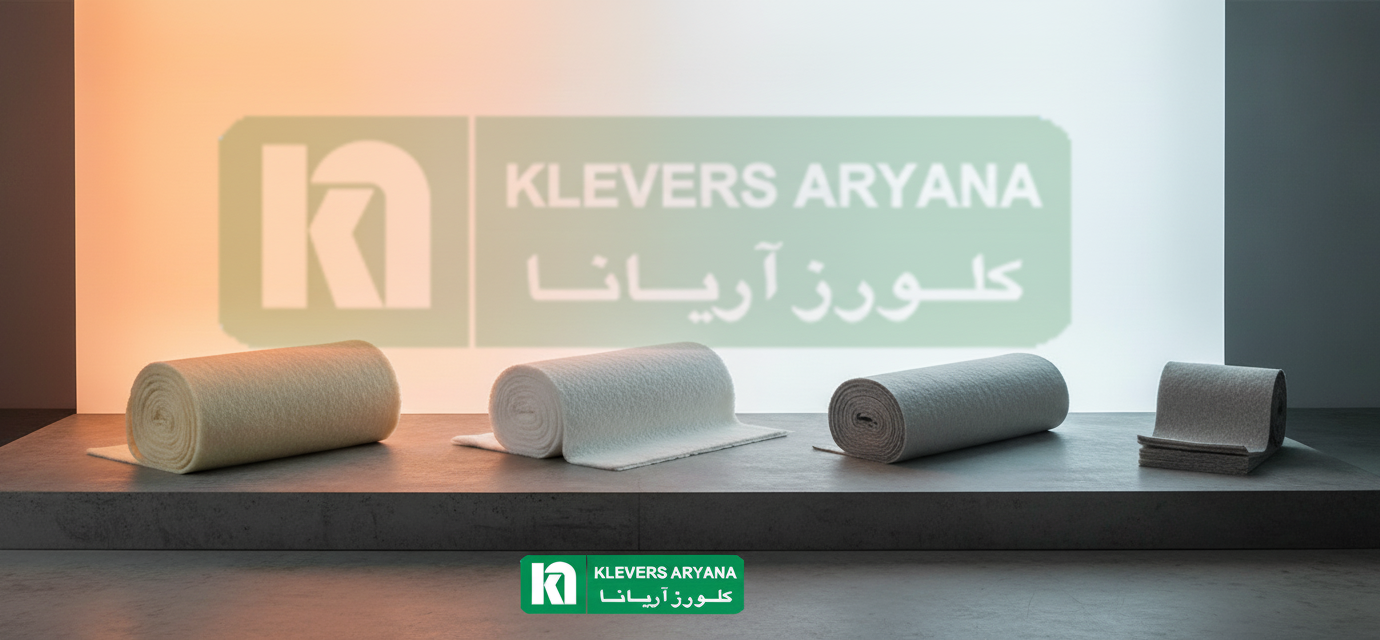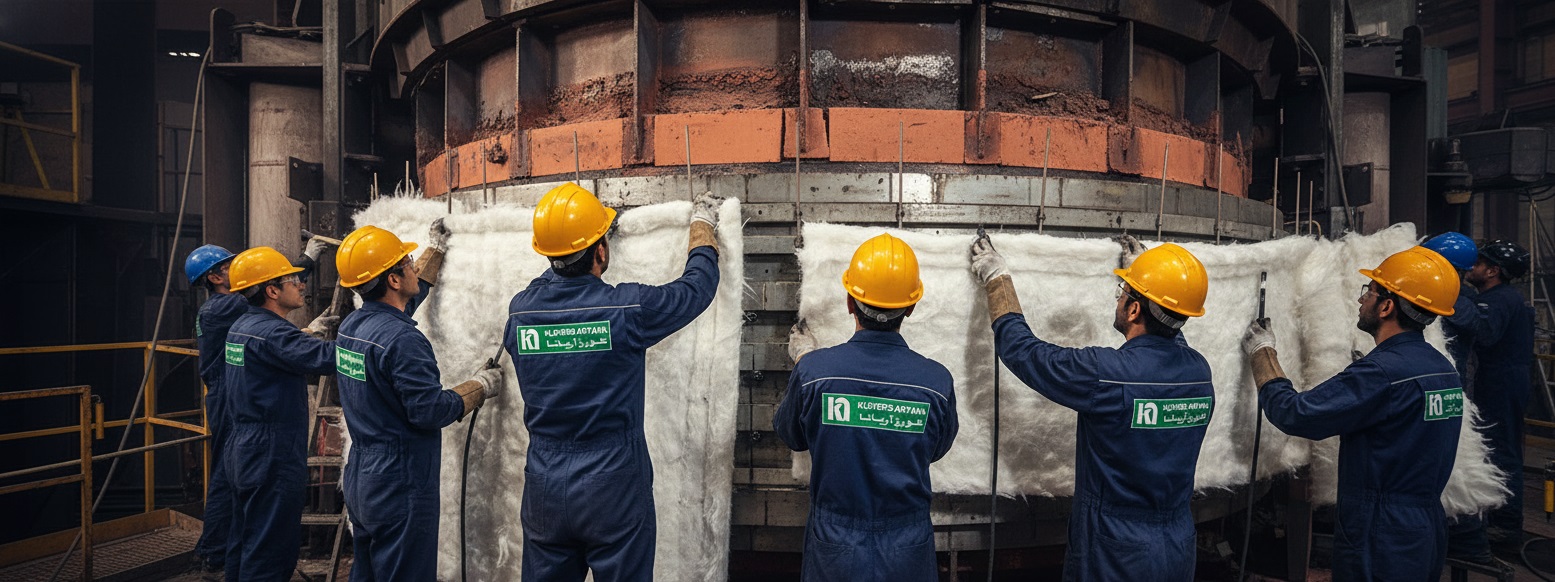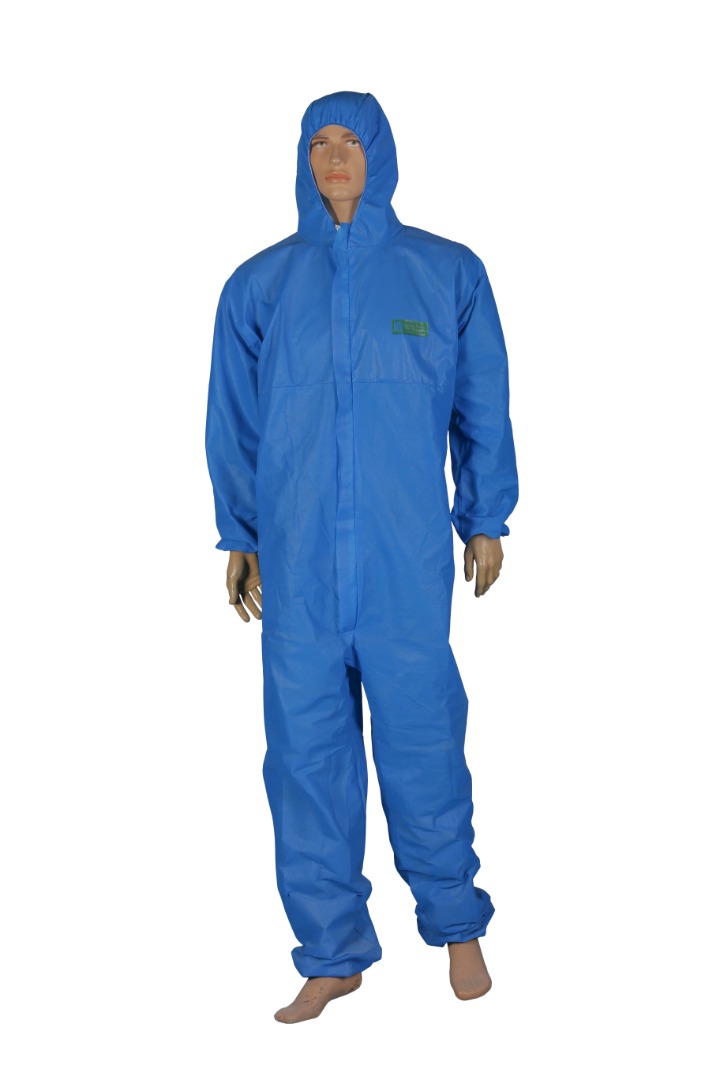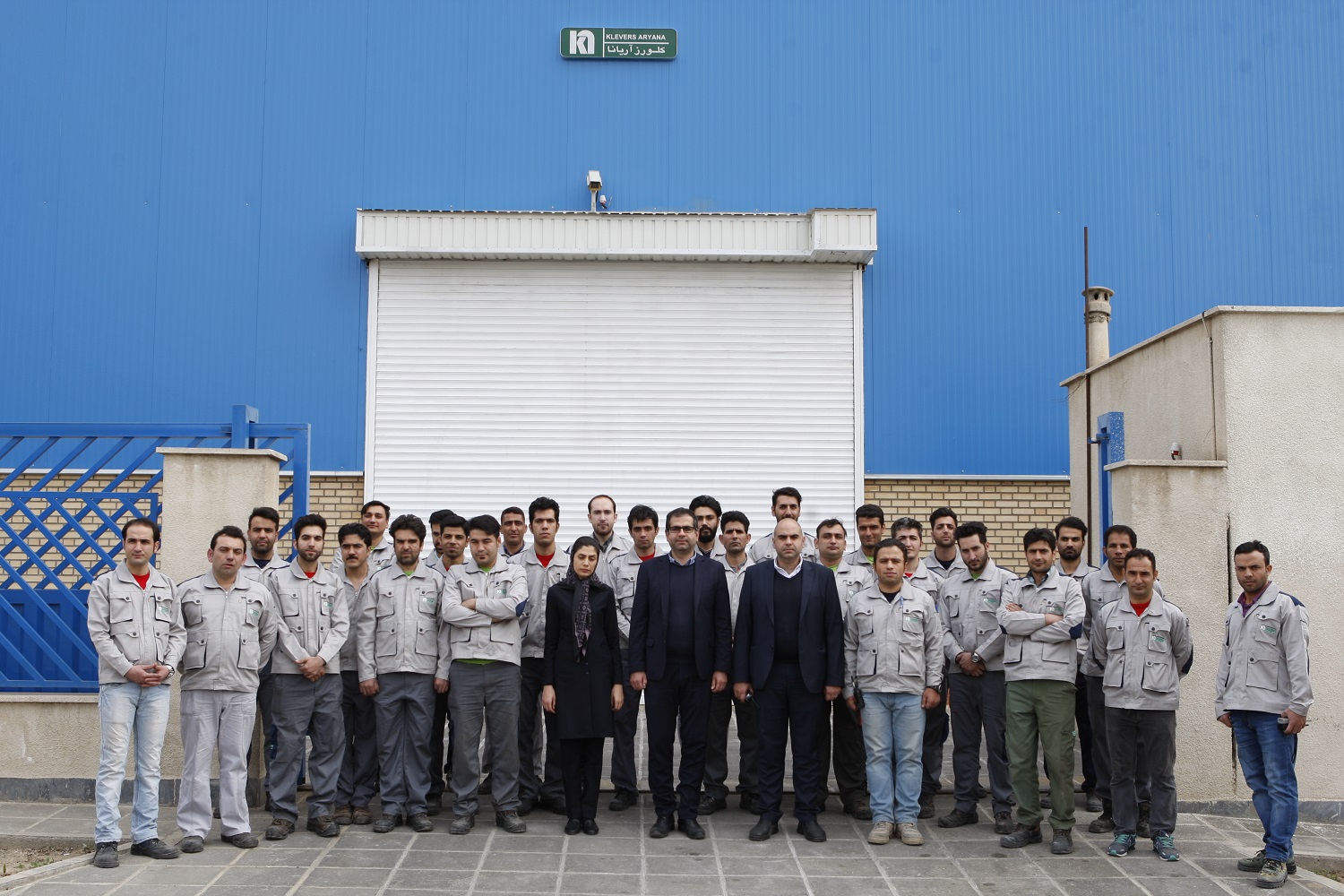Choosing a refractory blanket goes far beyond comparing a few numbers and prices. It’s a decision that directly impacts the safety, energy efficiency, and health of your production equipment.
In this article, we don’t just aim to introduce a product; we want to act as a knowledgeable technical consultant, guiding you through 7 key questions. The right answers to these will draw the line between a smart purchase and a costly mistake. Stay with us to avoid the hidden pitfalls when buying a refractory blanket.
Read More: Ceramic Blanket: Types, Applications, and Buyer’s Guide
Question 1: What Temperature Must Your Refractory Blanket Withstand? (It’s More Than Just a Simple Number!)
Many people only ask, “What is the maximum temperature?”
But the right question is: “How does the blanket behave at its continuous operating temperature?”
Don’t be swayed by the maximum temperature rating. A blanket might withstand 1430°C for a short period, but it will quickly degrade if used continuously at that temperature. The key factor is the continuous operating temperature.
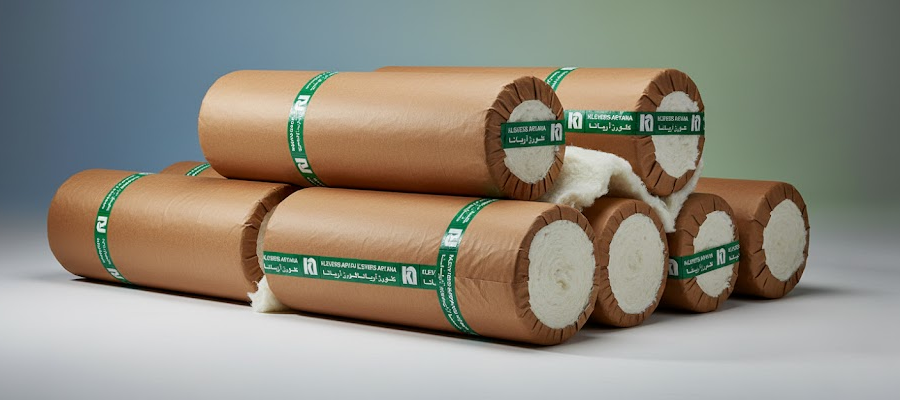
Types of Materials and Their Applications:
- Fiberglass (up to 600°C): Suitable for medium-temperature processes like dryers or steam pipes. It will burn and turn to powder at higher temperatures.
- Silica Fibers (up to 1000°C): An optimal choice for high-temperature furnaces where noise control is also important.
- Ceramic Fibers (up to 1430°C): The undisputed champion for the steel, ceramics, and glass industries, designed for the harshest working conditions.
Klevers Aryana’s Tip:
Our experts don’t just rely on a temperature number. They analyze the complete thermal profile of your process to ensure the selected blanket is perfectly optimized for your specific equipment conditions.
Suggested Reading: Advantages of Ceramic Blankets: The Importance and Impact on Increasing Efficiency
Question 2: How Do the Material and Structure of a Refractory Blanket Affect Its Performance?
“Refractory blanket” is a general term, but the difference between a premium product and a mediocre one lies in the details of its material and construction.
- Needled Structure:
This technology significantly increases the blanket’s mechanical strength and prevents layer separation. Needled blankets have greater durability against vibration, impact, and tension. - Fiber Purity:
A high percentage of alumina (Al₂O₃) and silica (SiO₂) in ceramic fibers directly correlates with thermal resistance and longevity. Lower purity fibers become brittle more quickly. - Density:
Contrary to popular belief, “higher density” is not always better. Density should be chosen based on the application; high density provides better insulation but reduces flexibility, while lower density is more suitable for surfaces with complex shapes.
Question 3: What Other Destructive Factors is Your Refractory Blanket Resistant To?
Temperature isn’t the only enemy of refractory blankets!
The critical question is: “What kind of hazards does your work environment present?”
- Thermal Shock:
In processes with sudden temperature changes, the blanket must withstand rapid expansion and contraction without cracking. Flexible ceramic fibers are ideal for such conditions. - Mechanical Abrasion and Vibration:
Around fans, moving chambers, or high-traffic areas, the blanket must be resistant to wear and tear. - Chemicals, Oil, and Corrosive Vapors:
If there’s contact with acids, alkalis, or oil, blankets with a protective coating like Teflon or silicone should be used.
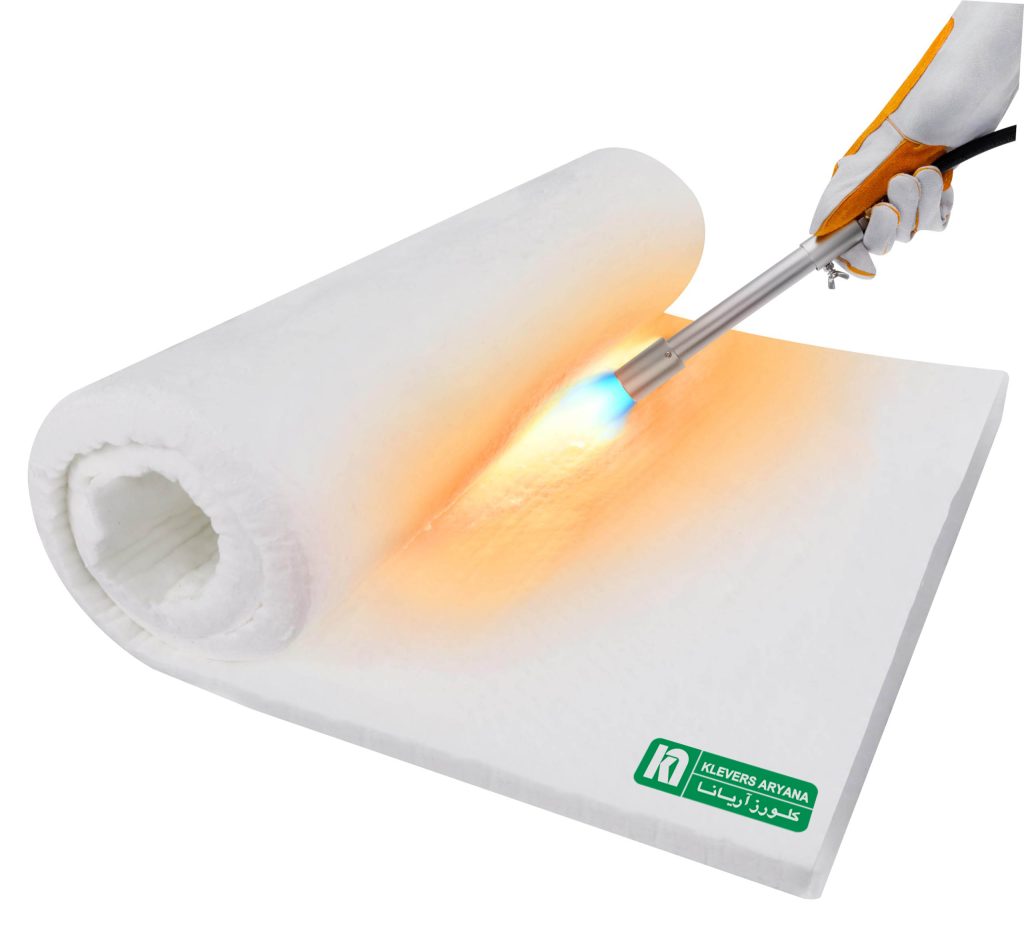
Question 4: What Are the Hidden Costs of Installing a Refractory Blanket?
The listed price is only part of the true cost.
Ask: “How much time, expertise, and auxiliary equipment does the installation of this blanket require?”
- Surface Preparation:
The surface must be clean and free of rust to ensure proper adhesion and performance. - Installation Accessories:
Refractory wire, pins, washers, and high-temperature adhesive are essential for a proper installation. - Installation Skill:
Improper installation can lead to cold spots, tears, and reduced insulation efficiency.
The Klevers Aryana Advantage:
We are not just a product supplier. The Klevers Aryana engineering team provides design, supervision, and execution services for insulation systems to prevent energy loss and future hidden costs.
Question 5: What Role Does a Refractory Blanket Play in Energy Efficiency and the Environment?
A quality refractory blanket is not an expense; it’s a long-term investment.
The key question: “How much energy will this blanket save over its lifespan?”
- Low Thermal Conductivity:
The lower this value, the less energy is lost, and the higher the efficiency. - Thermal Stability:
A high-quality blanket retains its thickness and density even after repeated thermal cycles. - Environmental Compatibility:
Modern ceramic fibers, unlike old asbestos materials, are safe and comply with global health and safety standards.
Question 6: What Do the Standards and Product Warranty Tell You?
A product without a valid certificate is like an empty promise.
Ask: “Does this refractory blanket have independent test reports and a reliable warranty?”
- Certifications:
Look for documents that verify temperature tolerance, thermal conductivity, and mechanical strength. - Warranty:
Read the warranty terms carefully. Does it only cover manufacturing defects, or does it also guarantee performance at specific temperatures?

Question 7: Is Your Vendor a Technical Partner or Just a Supplier?
This is perhaps the most important question.
The difference between a successful purchase and a costly failure lies in this answer.
A true technical partner:
- Asks about the details of your process, operating temperatures, and challenges.
- Compares options technically and transparently.
- Provides samples and allows for testing.
- Offers technical support after the sale.
Why Klevers Aryana?
We are the exclusive representative of KLEVERS Germany.
But more importantly, we are your technical partner. By leveraging hundreds of types of fabrics and thermal insulators in our product portfolio, we design a customized and optimized system for every industrial process. We are committed to ensuring the final product performs exactly according to your needs.
Conclusion: From an Informed Purchase to Reliable Performance
Buying a refractory blanket should not be a matter of trial and error.
By answering these 7 vital questions, you can avoid a risky purchase and instead, invest in the safety, energy efficiency, and durability of your equipment.
Make an informed decision today.
For a free technical consultation and specialized product brochures, contact our experts at Klevers Aryana.
Our technical expertise and quality products will provide a reliable and cost-effective solution for all your insulation challenges.
